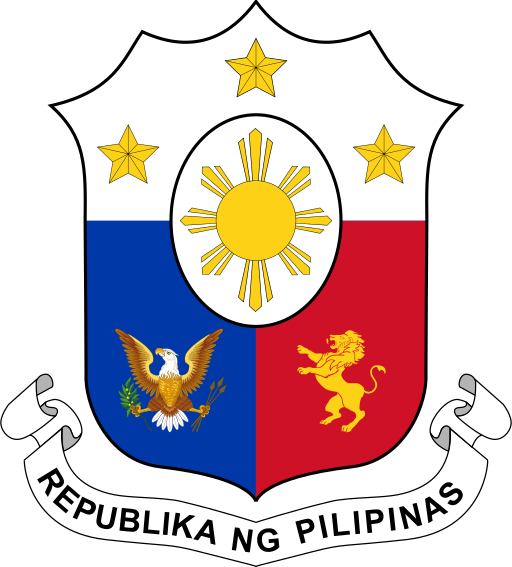This is in response to the calls of various lawmakers to explain the unprogrammed fundsamounting to P588.1 billion under the proposed P5.268trillion national budget for 2023.
The Department of Budget and Management (DBM) stands firm on its position of havingno irregularities in allocating unprogrammed funds under the2023 national expenditureprogram (NEP) as it is ready to defend the proposed budget with the start of the marathonof budget deliberations. Detailsof these unprogrammed appropriations (UA) are availablefor public and congress scrutiny .
Under the NEP, the total Unprogrammed Appropriation (UA) amounts to P588.1 billion. The breakdown of the Unprogrammed Appropriations are as follows:
Details of the FY 2023 Proposed UA
- Prior Years' LGU Shares - P14 Million
- Public Health Emergency Benefits and Allowances for Health and Non-HealthCare Workers P18.9 Billion
- Bangko Sentral ng Pilipinas (BSP) Equity Infusion pursuant to RA 11211 - P10Billion
- Refund of the Service Development Fee for the Right to develop the NampeidaiProperty in Tokyo, Japan - P210.5 Million
- Payment of Arrears of LTO-IT Service - P2 Billion
- Risk Management Program - P1 Billion
- Support to Foreign-Assisted Projects - P380 Billion (* DSWD - P2.2 Billion; and* DOTr - P378.2 Billion)
- Budgetary Support to Government-Owned and/or Controlled Corporations -P20.6 Billion
- AFP Modernization Program - P5 Billion
- Support for Infrastructure Projects and Social Programs (inclusive of P22 Bilionfor Procurement of Vaccines) - P149.6 Billion
- Total = P588.1 Billion
Percentage share of unprogrammed appropriations to National Budget (GAA)
In the 2023 national expenditures program, 11.2 percent (P588.1 billion) is the percentageof unprogrammed appropriations to total obligations budget. However, this alreadyincludes the estimated P378.2 billion for loan proceeds requirements of the Departmentof Transportation (DOTr).
Hence, the DBM contends that if there is going to be an analysis on whether it exceededthe ideal percentage of UA against the national budget, it should be based on the P200billion unprogrammed appropriation, and not with the P378.2 billion unprogrammedappropriation corresponding to loan proceeds of DOTr. Thus, should this be removed,only approximately P200 billion, or 4 percent, is considered unprogrammed, which will betriggeredfor release only upon the generation of additional revenues.
The approach that the DBM has adopted is consistent with what occurred in 2022, whensubject to the collective wisdom of the legislature, all loan proceeds under the DOTr weretransferred to the unprogrammed appropriation, due to their history of low absorptivecapacity insofar as loanproceeds is concerned.
The same measure has been adopted in so far as the 2023 levels are concerned. With a4.9% increase in appropriations, year on year, the over P300 billion in loan proceeds underDOTr was transferred to the UA so that other expenditure items may be accommodated.
Wisdom of Unprogrammed Appropriations
The UA came into being more than four decades ago, and was accepted by subsequentadministrations. It is a form of standby appropriations, meaning if at any given point whenexcess revenues are not generated, and an item of appropriations is found to be deficientor even non-existent,then unprogrammed appropriation will be triggered.
Usefulness. UA are standby appropriations, and as such it has providedappropriations cover for some unexpected expenses; additional support forinfrastructure projects and social programs; support to FAPs (foreign-assistedprojects), etc. [last mile schools program,procurement of vaccines andriskmanagementprogram, among others.]
Deficit-neutrality. If funded by excess revenue collections, then expenditure for UAitems would be deficit-neutral.
Current uncertainty and risks. Going by historical experience, the percentageshare of the UA in the budget could be 2.0 to 8.4%. As in the experience of 2022when risks and uncertainties abound, the UA has been a quick source of resourcesto address uncertainties (due to both domestic and external developments) thatrequire government attention and implementable measures and solutions. This isespecially true for measures requiring subsidies for its amelioration programs.
Congress' power of the purse. DBM is ready to provide details and open toCongress' wisdom to allocate specific programs and projectsthat will be the limitedrecipients of UA funding.
In the past, there were certain instances when we did not have unprogrammedappropriation. This is due to the logic that when budget is effectively increasing, thereshould not be an unprogrammed appropriation.
But in our country where we have calamities we do not expect or activities we do not evenanticipate but necessitates us to provide services to our people, the UA is an availableresource cover that will trigger additional amounts for the national government.
Historical UA percentage of GAA
Based on the historical levels of UA from 2010 to 2022, the average percent share of UAto the total National Budget has been between 2 to 8 percent. For FYs 2017 and 2018(Duterte Administration), the share of UA to the total National Budget accounted for 2percent for both periods, under MOOE and CO. These were expenses in support forinfrastructure projects and social reforms; AFP Modernization Program; budgetary support
to GOCCs; support to foreign assisted projects, among others. Such items were similarlythe ones composing the UA for FY2022. Meanwhile, the highest share of UA to the totalNational Budget was recorded in FY2012 at 8.4 percent.
Percentage Share of UA to National Budget
Please note that in FY 2022, Congress increased the UA by approximately P100 Billion,transferring mandatory expenses from the programmed appropriation to the UA toaccommodate other expenditure items.
Funding of UA, subject to certain conditions
While programmed appropriations are supported by corresponding resources and havedefinite funding sources, UA are not supported by resources albeit included in the GAA.The funding of UA is subject to certain conditions - revenue collections exceeding theresource targets assumed in the budget, or when additional foreign project loan proceedsare realized. For instance, in the FY2022 budget, the availment of UA is subject to specialprovisions and fund requirements, which include among others:
- Excess revenue in any one of the identified non-tax revenue sources from itscorresponding revenue collection target, as reflected in the BESF;
- New revenue collections or those arising from new tax or non-tax sources whichare not part of, nor included in, the original reviewsources reflected in the BESF;and
- Approved loans for foreign assisted projects.
In light of all these, we subject ourselves to the collective wisdom of the honorablemembers of Congress to scrutinize the budget and make adjustments as appropriate, asa result of the technical budget hearings and debates.
### END ###

